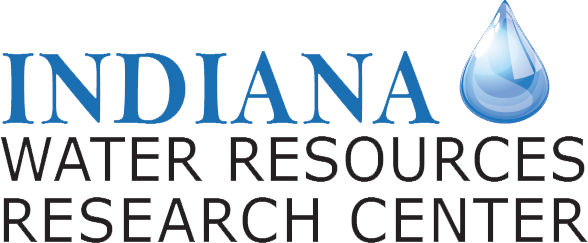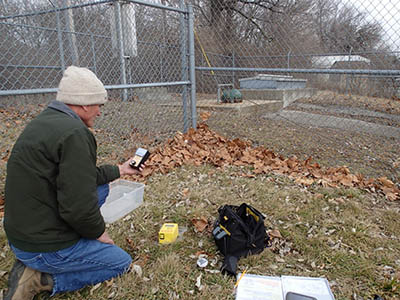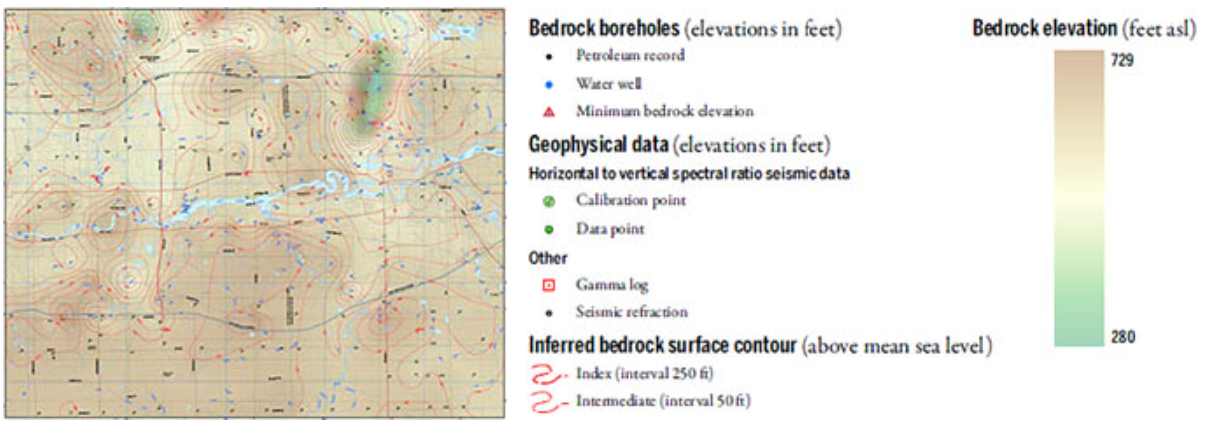Factsheet – Characterizing aquifer geometries in Northern Indiana by profiling the buried bedrock surface with geophysical techniques
A research project funded by the Indiana Water Resources Research Center through the U.S. Geological Survey’s 104B annual base grants (section 104 of the Water Resources Research Act of 1984, as amended).

Start Date: 2019-06-01
End Date: 2020-05-31
Total Federal Funds: $14,994
Total Non-Federal Funds: $31,032
Groundwater resource assessments in glaciated regions require buried bedrock elevation data to provide information related to aquifer geometry and to determine water-resource availability. In northern Indiana such assessments are needed because expanded irrigation is increasing groundwater withdrawals in the region. Furthermore, naturally occurring contaminants have become an emerging issue, based on recent groundwater sampling data. An improved understanding of bedrock valley morphology is also warranted by these concerns because rock-water interactions at the sediment/bedrock interface often control the geochemical characteristics of groundwater, highlighting the need to better constrain the hydrogeologic conditions at the base of glacial aquifers.
This project utilizes newly developed passive seismic geophysical techniques to establish additional bedrock elevation data and support higher-resolution maps of buried valleys that lie below the St. Joseph Aquifer System in St. Joseph and Elkhart Counties.
Research Objectives
1. Update sediment thickness maps in Northeastern St. Joseph County and Northwestern Elkhart County, Indiana. Horizontal-to-vertical spectral ratios (HVSR) of ambient seismic noise (microtremors caused by ocean waves, wind, rainfall, traffic, industrial activities, etc.) were used to estimate the thickness of sediment over the bedrock. This method has been used successfully in areas of unconsolidated sediments above bedrock, and this project investigated its use where thin glacial sediments occur.
2. Update existing database of bedrock topography control points to develop a high-resolution bedrock topography map for the study area. Data acquired during this study underwent a Quality Assurance/Quality Control evaluation in order to merge with an existing Indiana Geological and Water Survey database. This allowed geologists to update the bedrock topography map of the area.






